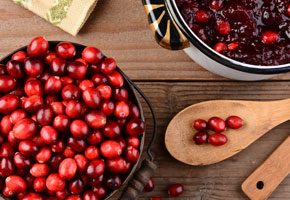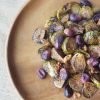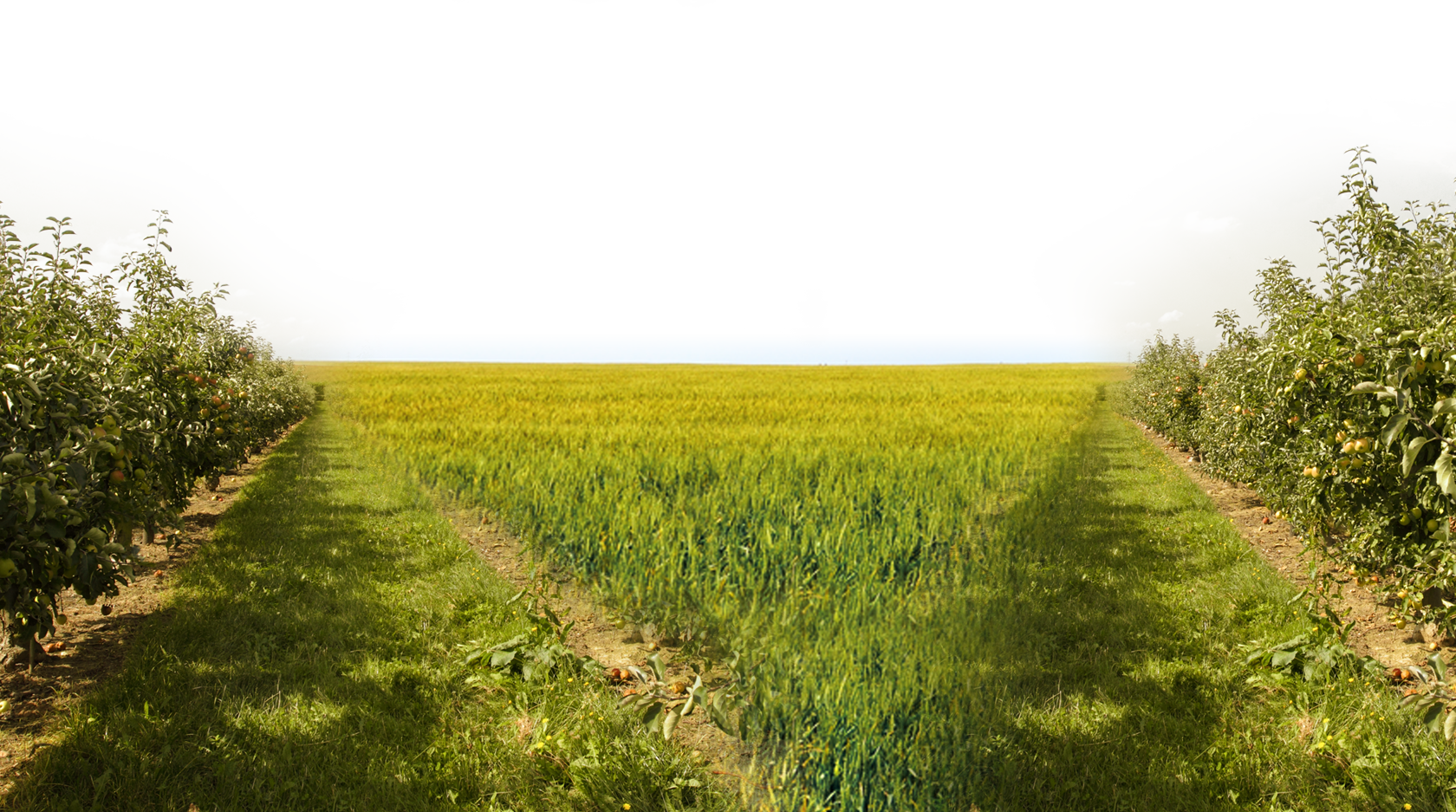
Eating with the season: Cranberries
By Linda Bonvie | 1 Comment | Posted 09/24/2014
Except for pumpkins, no fruit or veggie celebrates the arrival of autumn and the bounty of the harvest more than cranberries.
Native to the bogs and swamps of the Northeast, these tart tasting, cheery red berries were introduced to the Pilgrims shortly after their arrival on the Mayflower by the local Indians, who used them as both a food commodity and a source of dye, as well as for medicinal purposes. So, naturally, no Thanksgiving table is complete without cranberries, in some form, usually as cranberry sauce (although a lot of commercial canned cranberry sauce is unfortunately corrupted by the addition of high fructose corn syrup, an unhealthy sweetening agent that was found neither at that fabled first Thanksgiving at Plymouth nor in the traditional American feast so famously depicted in that classic Norman Rockwell scene).
According to the University of Maine, the first cranberry juice was made by settlers around 1683, but it wasn’t until 1816 that cranberries began to be commercially cultivated on Cape Cod by Capt. Henry Hall. By the following decade, their popularity had grown to the point where they were being offered for sale in Europe, and by the 1850s, these vitamin C-rich berries were being used to prevent sailors from developing scurvy.
But as it turns out, cranberries have a whole lot of health benefits.
For one thing, they contain a potent combo of antioxidants, flavonoids and phytonutrients (including resveratrol, the rejuvenating compound found in red wine), and anti-inflammatory compounds that interact with each other to provide various forms of protection against both heart disease and cancer. They also are known to reduce the risk of developing periodontal disease and stomach ulcers, bolster our immune system and reduce the frequency of cold and flu symptoms, and protect against urinary tract infections.
Here in South Jersey, cranberries are a major crop. There is even an annual cranberry festival in the town of Chatsworth, which is known as “the capital of the Pine Barrens.” In fact, we used to pick cranberries every fall at a bog in a county park, where they grew in wild abundance, and freeze enough for the entire winter. But recently, that bog was leased to a commercial operation, and will probably be “flooded” making hand-harvesting a big difficult!
But cranberries should be consumed for a whole lot of reasons – and whenever possible, in “whole berry” form, where you derive the maximum benefit from the hidden synergistic power of their disease-fighting components.


 Contact us
Contact us




























One Response to Eating with the season: Cranberries